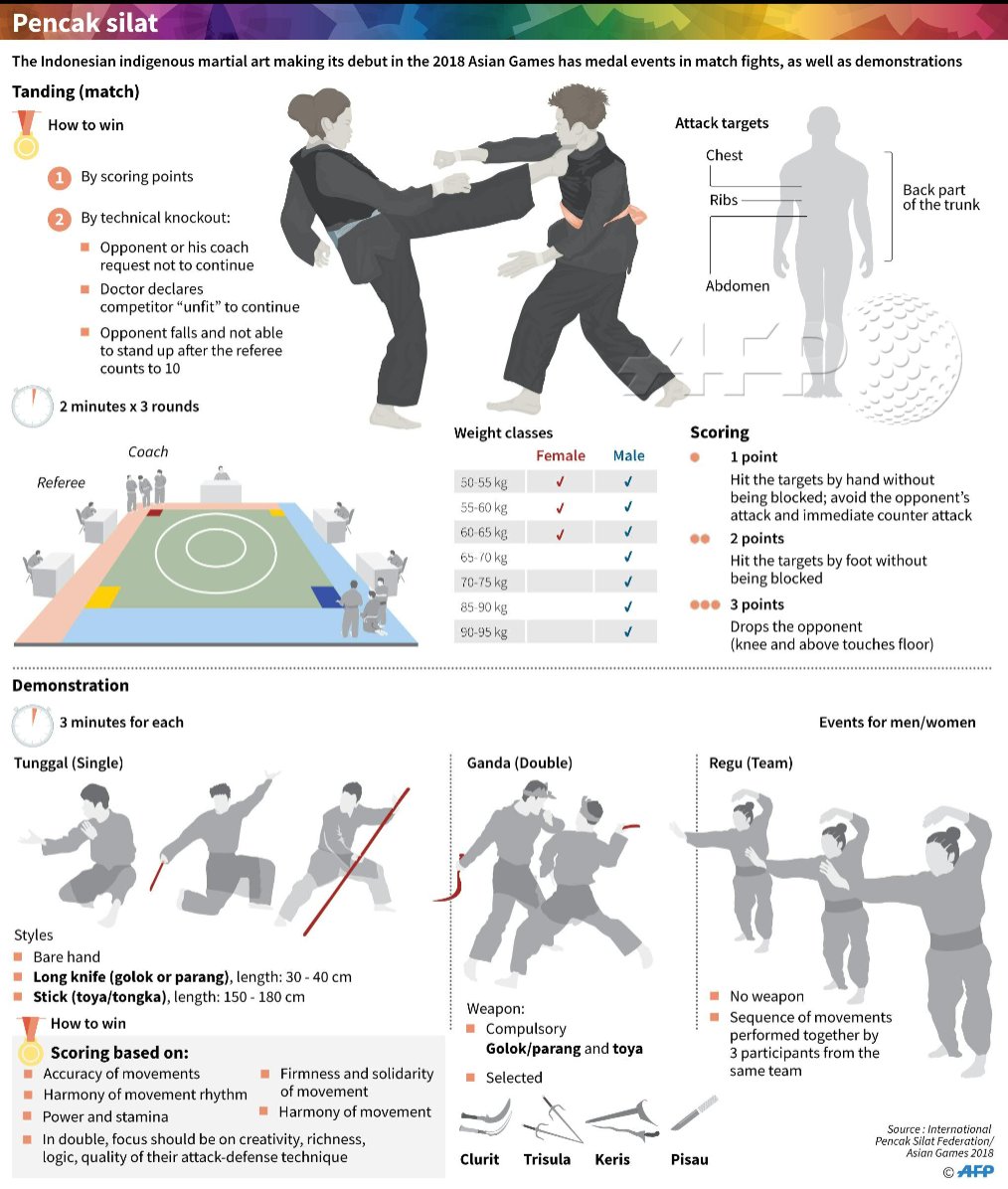Checking Out The Rich Heritage And Spiritual Dimensions Of Fighting Style: A Detailed Evaluation
Checking Out The Rich Heritage And Spiritual Dimensions Of Fighting Style: A Detailed Evaluation
Blog Article
Web Content Author-McGrath Barbour
Enter the ancient world where martial arts were born out of necessity in varied regions. Cultures crafted distinct fighting styles intertwined with historic contexts. Methods evolved over centuries with dedicated technique and social exchanges. Today, contemporary martial arts blend traditional elements for optimal effectiveness. Philosophically, martial arts emphasize technique, self-improvement, and harmony. Respect, humility, and balance are foundational concepts directing experts in the direction of growth and strength. Check out mixed martial arts near me for adults of this rich history and ideology to discover the extensive influences shaping this enduring technique.
Origins of Fighting Style
Martial arts came from various areas around the globe, developing as useful battle systems to resist threats. These ancient fighting styles were established out of need, with each culture crafting strategies suited to their special atmospheres and difficulties. From the grappling arts of Jujutsu in Japan to the striking strategies of Kung Fu in China, martial arts were deeply linked with the historical, social, and cultural fabric of their respective cultures.
In Japan, the samurai course refined martial arts like Kenjutsu, the art of the sword, which later developed into the a lot more popularized type of Kendo. At the same time, in Brazil, Capoeira became a blend of dancing and battle, developed by enslaved Africans as a method to resist injustice. Each martial art carries with it a rich history and viewpoint, mirroring the worths and ideas of individuals who practiced them.
As you delve into the origins of martial arts, you uncover a tapestry of human resourcefulness, resilience, and the unyielding spirit of warriors throughout time.
Development of Methods
Through centuries of method and improvement, combat strategies within numerous martial arts have actually undertaken a profound evolution. From ancient designs like Martial art and Karate to extra modern-day self-controls such as Brazilian Jiu-Jitsu and Krav Maga, the development of strategies has been driven by a mix of cultural impacts, sensible applications, and technical innovations.
One substantial element of this advancement is the cross-pollination of techniques in between different martial arts. For instance, methods from typical Japanese Jiu-Jitsu were included right into the development of Judo by Jigoro Kano in the late 19th century. https://devinotixm.actoblog.com/31762244/martial-arts-unleashed-various-types-for-enhancing-physical-fitness-and-well-being-beyond-the-training-space blending of designs has led to the growth of hybrid martial arts like Mixed Martial Arts (MMA), which combine components of striking, grappling, and submission methods.
Furthermore, the development of strategies has been shaped by the boosting focus on performance and effectiveness in combat. Specialists have actually constantly looked for to fine-tune their methods through rigorous training, testing, and competitors, causing the growth of extremely specialized and effective fighting styles. Overall, the evolution of strategies in martial arts reflects the vibrant nature of fight and the recurring pursuit for enhancement and innovation.
Philosophical Structures
Discovering the underlying thoughtful principles of martial arts provides insight right into their core worths and guiding ideas. At the heart of several martial arts techniques is the idea of self-control itself. By educating your mind and body to act as one cohesive unit, you cultivate discipline that extends beyond the dojo or gym into daily life. This discipline includes regard, humbleness, and self-constraint, shaping not just your physical capacities but also your personality.
One more fundamental philosophical structure in martial arts is the concept of constant self-improvement. martial arts punching board of understanding a martial art is nonstop, with professionals constantly aiming to better themselves, both physically and psychologically. This concentrate on development promotes strength, perseverance, and a development mindset that can be put on all facets of life.
Additionally, martial arts emphasize the significance of harmony and equilibrium. Methods are made to utilize an opponent's energy versus them, highlighting the principle of generating and rerouting force instead of fulfilling it head-on. This viewpoint extends to interpersonal relationships, advertising serene resolutions and mutual understanding. By welcoming these philosophical structures, martial musicians not only boost their combat skills but also cultivate a way of life fixated individual growth, respect, and harmony.
Verdict
To conclude, the background and approach of martial arts offer an abundant tapestry of custom, discipline, and self-improvement.
Take for example the story of Bruce Lee, who changed martial arts by blending various styles and approaches to develop his very own one-of-a-kind type of Jeet Kune Do.
With dedication and development, martial artists continue to press boundaries and influence others to reach their complete capacity both in battle and in life.
